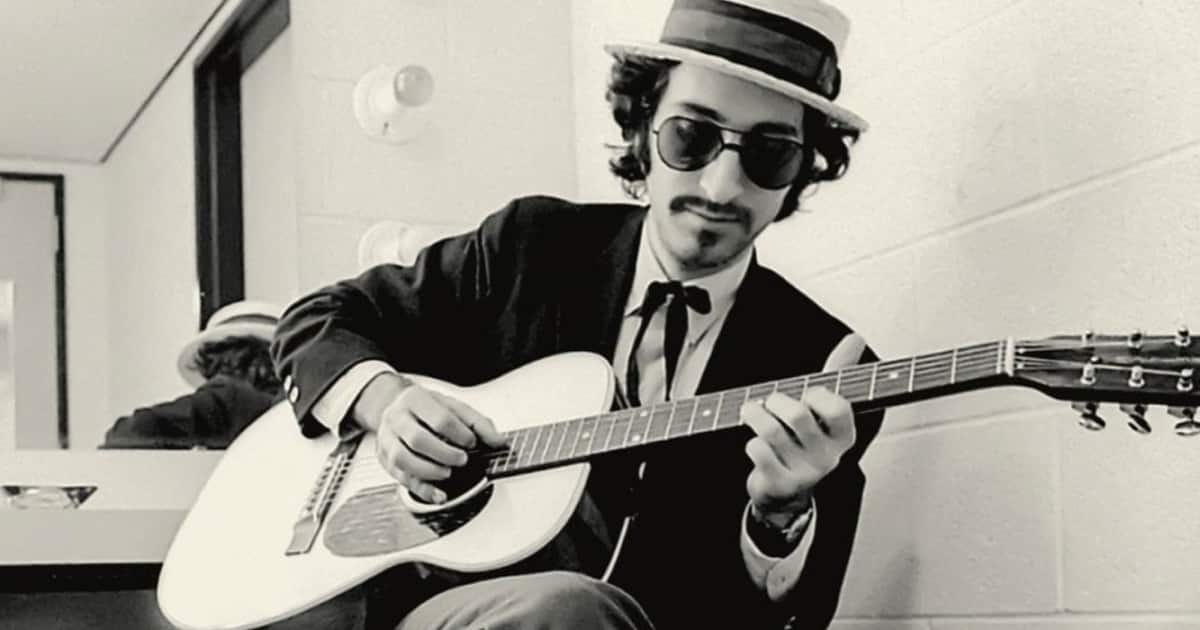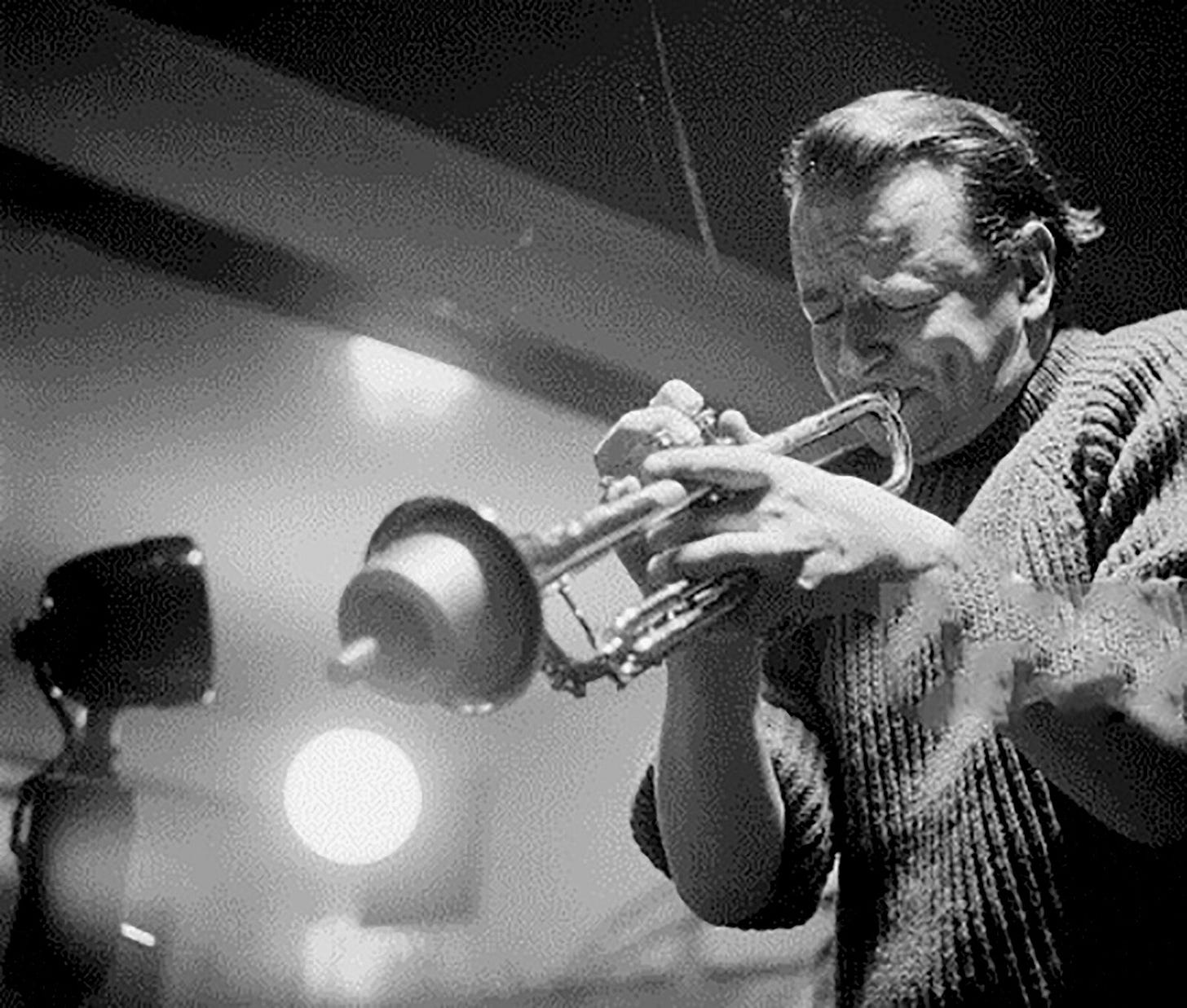#19 Stories from the Edge of Music: Leon Redbone Pt. 2
An enigmatic singer lets the mystery be, and a teenage meeting with a jazz star
This is the second part of a collection of stories about Leon Redbone, the enigmatic singer who hardly ever sang a song written after the end of the ’30s. In a deep, deep rumbling voice, he fabricated fabulous fantasies about his personal life; only a very few people knew where he lived, where he came from or his birth name. His unspoken motto: let the mystery be…
For five months now, Richard Flohil has been publishing stories, usually every week, on Substack. They’re the memories of a man who spent 60 years as a writer, publicist, club talent booker, concert promoter, festival organizer and serious live music fan (he went to 154 live shows in 2023). And now he’s telling these Stories from the Edge of Music.…
UNDERSTANDING REDBONE
Over the years, many people have attempted to understand Leon Redbone, but the very best summary comes from a freelance writer, Megan Pugh, in the March 2019 issue of the literary magazine Oxford American.
“He used (his first guitar) to play old tunes from the 1920s and ’30s — country blues, ragtime — his voice shifting from molasses crooning to gravelly yowls. Dressed in the natty suits and ties of a Mississippi riverboat gambler, a Kentucky colonel, a dignified bluesman, or a Jimmie Rodgers-styled railroad brakeman with the right cap for the job, Redbone invited audiences into a tent show of American musical history where folks like Rodgers, Blind Blake, Emmett Miller, and Jelly Roll Morton could still draw crowds. His face was partially obscured by a hat and dark glasses.
“Redbone bought other guitars as his career took off, but his artistic ethos remained constant: Cover up some origins and conjure others. Craft an illusion and make it real. Bring the past into the present.
“Do something beautiful, be careful about it, and keep your sunglasses on.”
Even though he had little or no interaction with the folk community and the hundreds of artists who were a part of it, his first major impact with larger audiences came at folk festivals which, across Canada, were (and still are) drawing large audiences.
When Bob Dylan arrived unexpectedly at the Mariposa Festival on Toronto Island in 1972, the first person he asked for was Redbone. “What stage is Redbone playing on?” he asked. “Stage six,” I responded and he scurried away. (So much for meeting my hero…)
Five hours later, with Dylan running backstage to avoid being mobbed by fans, they departed together. Redbone, wearing a dark suit and carrying a black umbrella to protect himself from the afternoon sun, impassively ignored the photographers trying to grab a shot of the two of them as they left the festival on a police launch.
Dylan’s visit, of course, resulted in a whole new collection of rumours about Redbone. Among the stories: Dylan and Redbone were planning to make an album together; they’d originally met at Joni Mitchell’s house on Vancouver Island; Redbone made most of his living as a card shark and pool player (well, there was a kernel of truth in that one); he was Dylan’s long lost brother; he was going to sign with Dylan’s new record label…
No songwriter, but a captivating, eccentric performer
Leon Redbone did not write his own songs, although he had a keen sense of when a song had passed into the public domain and he could work his magic with it and claim arrangement credits.
In performance, however, he was entirely original — and completely unpredictable. He could give his listeners a learned dissertation on the pioneer role of the Original Dixieland Jazz Band and its leader, Nick LaRocca, who recorded novelty “jass” tunes for the Victor label in 1917.
“This man was the originator of jazz,” Redbone told his audiences. “He made the very first jazz records. Does anyone remember him today? No-o-o-o…”
He would sometimes show his listeners an 8x10 publicity photograph of actress Barbara Eden and Hawaiian musician Don Ho. “Taken at Pismo Beach,” he would explain. “Wonderful people; look at them… so happy!”
At a major sold-out concert at Toronto’s Ontario Place, he was introduced and slowly walked to the centre of the stage. Pulling up a chair, he put down a small tape recorder, adjusted the microphones close to the machine, and pressed the on button. As the recorder played Greek and Egyptian songs, he slowly walked off stage.
Twenty minutes later, as the tape ended, he walked back to perform his set. The bemused audience gave him a standing ovation.

Film, television and public radio made him famous
Redbone came to prominence in the mid-’70s. There were television appearances on Saturday Night Live, and he was welcomed more than a dozen times on Johnny Carson’s Tonight Show. His music found its way into several films, and was used in commercials for Chevrolet, Britain’s Inner City Rail, Budweiser beer, All laundry detergent and even Ken-l Ration dog food.
He released 13 studio albums, and there are half a dozen live recordings and compilations. Signed to Warner Brothers in 1975 by Mary Martin, the legendary talent scout for the label, his first album went on to sell more than 200,000 copies after he sang two songs on Saturday Night Live.
He remained as eccentric as ever, and toward the end of his life, he became amiably forgetful as well. On one visit to Toronto to play three sold-out shows at the 200-seat Hugh’s Room, he left his “stage clothes” at home, blaming his wife and manager (the suitably-named Beryl Handler, whom he had met at the Buffalo Folk Festival in the early ’70s).
This necessitated a morning visit to several second-hand clothes stores in Toronto’s Kensington Market. Eventually he found a suitable white shirt; learning that the store had a stock of half a dozen of them, he bought them all.
After Redbone died, at 69, some of the mystery was stripped away in obituaries. Toronto Star writer Greg Quill had already revealed (after checking details submitted when Redbone legally changed his name), that the singer’s birth name Dickran Gobalian and that he was born in Nicosia, Cyprus. After his death those details resurfaced.
During his life, the subject of these revelations had no comment, except to say that he often didn’t believe what he read in newspapers.
Very occasionally, however, Redbone would drop his fanciful facade, and explain that he wanted people to concentrate on the music he was making rather than explore personal details of his life.
“I don’t do anything mysterious on purpose. I’m less than forthcoming, but that doesn’t necessarily mean I’m mysterious. It just means I’m not inclined to go there.”
The New York Times called Leon Redbone a “throwback singer,” a too-slick description of one of the very few artists who made old music new again.
But if his reticence, sly humour and deliberate deceptions all helped make him famous, it also allowed his music to come to the fore.
Which was the whole point of letting the mystery be…
A REDBONE POSTSCRIPT
Leon Redbone survived a small plane crash in West Virginia in 1979; he was severely injured but recovered although his hip injury caused him to walk slowly thereafter. After the accident, he always travelled to gigs by car.
Later, he explained: “I carry around many unusual items and devices. They make life difficult for airport security personnel and flying impossible for me.”
++++++++++++++++++++++++++++++++++++++++++++++++++++
ANOTHER SIGN OF THE TIMES
Alas, my skill as a photographer is limited, so I’ll print out what this sign says. I discovered it on a trail just outside Sault Ste. Marie when my friend Julia and I went up north in the spring to hang with my former roommate, Peyton.
Friendly Reminder
Due to excessive dog doo doo on trails, no cartwheeling allowed
++++++++++++++++++++++++++++++++++++++++++++++++++++
AN 18-YEAR OLD JAZZ FAN MEETS HIS HERO
Six feet two inches tall, Britain’s best-known — and best — jazz trumpet player is standing at the bar at The Blue Posts, the pub behind his jazz club at 100 Oxford Street, London.
Humphrey Lyttelton, almost single-handedly, dragged British trad jazz into mainstream popularity. He was a blue-blooded aristocrat at a time when being upper class mattered in England. He was educated at Eton, the most exclusive private school in Britain, and was a former Captain in the Coldstream Guards. Rumour had it that he’d had a pelvic affiliation with Princess Margaret, but that achievement was not uncommon at the time.
And, at 18 years of age, I was one of his biggest fans.
“I really enjoyed the set,” I said, when I realized I was standing next to him at the bar. “May I buy you a drink?”
“No, no — what would you like?” “Oh, thanks. Half a pint of bitter?”
Second intermission. “My turn,” I said. “What will you have?”
Lyttelton peered down at me. “I’ll have a double Scotch,” he said.
Fumbling in my pocket for the money, I realized that now I wouldn’t have enough for my tube fare.
It would be a long walk home.
++++++++++++++++++++++++++++++++++++++++++++++++++++
VIDEO LINK OF THE WEEK
From 1950, this patronizing newsreel footage features the Humphrey Lyttelton Band in full cry at his jazz club and a bunch of frenetic dancers. And, at 0:33, you can see a young chap in the background — dark hair and horn-rimmed glasses. And I still don’t dance…
++++++++++++++++++++++++++++++++++++++++++++++++++++
A PERSONAL NOTE
This week’s Substack is coming to you a little late. I’ve tried, over the five months I’ve been writing Stories From the Edge of Music, to send one to you every weekend — but sometimes life gets in the way.
In this case it was a heartwarming five-day visit to a dear friend in Rochester, N.Y. — a much needed reminder than the United States we see on social media (Trump, Trump, and still more Trumpian divisiveness) is not an indication of the warmth, kindness and friendliness of the people you meet.
I’ll try to get back on a weekly schedule as soon as possible. Meanwhile, if you feel like supporting my writing, and you haven’t done so yet, it’d be nice if you became a PAID subscriber.





Dickran Gobalian sounds very much like an Armenian name. Maybe he's related to Cher...
Your stories have me further intrigued by Leon Redbone. I will need to spend time listening...